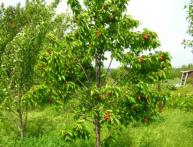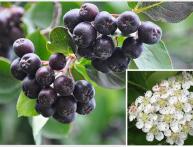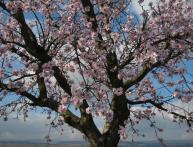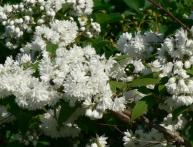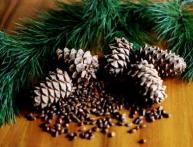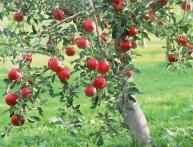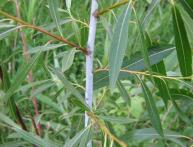How to care for cherries
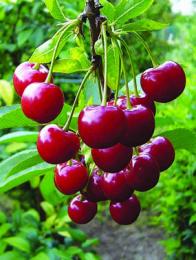
In order to eat fresh cherries in the summer months, as well as prepare compotes and berry jam for the winter, you need to know how to care for cherriesto get a rich harvest.
Caring for cherries is no different from caring for other fruit trees. For successful growth and fruiting, cherries need:
- loosening the soil;
- timely watering;
- regular pruning;
- protection from pests and diseases.
Another feature of cherries that should be taken into account is early flowering. Spring frosts are often observed at this time, which have a very adverse effect on cherry flowers.
To prevent early flowering, the soil in the root zone of the cherry tree should be covered with a thick layer of snow, and mulched on top with light mulch, for example, sawdust or fine straw. With such shelter, cherry blossoms can be delayed by about a week, which will help prevent the flowers from getting frostbitten.
How to care for cherries so that they bear fruit better?
This requires the introduction of nutrients, since cherries require a significant amount of them during the fruiting period. Fertilizer application is carried out using a fractional method.
When digging up the soil in the fall, phosphate and potassium fertilizers are applied, and nitrogen fertilizers, for example, urea and ammonium nitrate, are applied in the spring under each cherry bush.
Cherry tolerates drought well, but if you water it regularly, then it responds to such watering by increasing the weight of the fruit and increasing the yield. The optimal volume of water for irrigation is from 3 to 6 buckets for each cherry bush.

